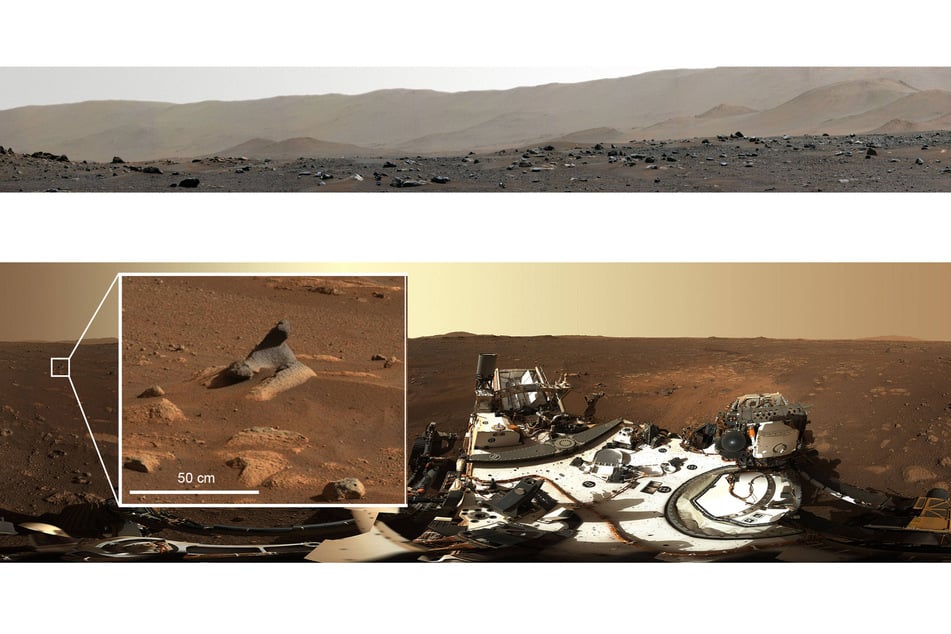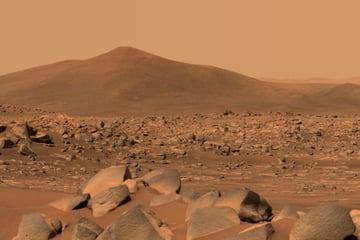NASA's Perseverance sends first high-definition panorama photo of Mars
Pasadena, California – NASA's Mars rover Perseverance has sent its first high-definition 360-degree photo from the surface of the Red Planet, NASA said on Wednesday.

The photo was stitched together by NASA researchers from 142 images taken by the Mastcam-Z camera on February 21.
The image shows a desolate region with geological formations, including a wind-carved rock and the rim of Jezero crater, an ancient lake bed where Perseverance landed on February 18.
NASA says the state-of-the-art camera system will help scientists examine the atmospheric condition of the crater and identify rocks and sediment from a distance that should be probed by the rover's instruments.
Jim Bell, a researcher with Arizona State University who leads operations of Mastcam-Z, said the image shows Perseverance landed in a "sweet spot."
Perseverance traveled through space for nearly seven months after launching from Cape Canaveral in Florida.
Jezero crater is an area where scientists hope to find evidence that microbes previously existed on Mars. Mars had water on its surface billions of years ago, a fact that has led to speculation that there may have been some form of life on the planet.

Perseverance is expected to study the Mars surface for at least two years as it examines the climate and geology and collects rock and soil samples.
The rover joins NASA's InSight lander, which has been on the Martian surface since 2018, and the Curiosity rover, which landed on Mars in 2012.
Cover photo: IMAGO / ZUMA Wire
